
Moving to Japan comes with a learning curve, but healthcare does not have to be confusing. This guide explains how care works, where to go, and how Public Health Insurance keeps costs predictable. You will also find links to step-by-step visit scripts and booking tools when you need them.
What Is Public Health Insurance?
Japan’s public health insurance is a national system that keeps medical care affordable for everyone. Instead of paying the full bill, patients generally cover only 30% of the cost at the counter. The remaining 70% is handled directly between the medical provider and the insurance system.
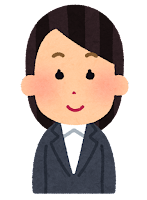
The Japanese health insurance covers every individual for all practitioners for any conditions.
In practice, there are two main programs under Public Health Insurance: Employee Health Insurance (EHI / 社会保険) for company workers, and National Health Insurance (NHI / 国民健康保険) for the self-employed, students, and others. If you plan to live in Japan for more than three months, enrollment is required by law. Once you join, you simply show your card at clinics and hospitals and pay your share at checkout.
What Public Health Insurance covers (overview)
Public Health Insurance broadly covers doctor visits, hospital care, diagnostic tests, and most prescription medicines. Your share is usually 30% at the clinic or hospital. Reduced shares apply by age and income for children, older adults, and certain categories. If your monthly out-of-pocket total becomes very high, the High-Cost Medical Expense Benefit helps cap what you pay and reimburses the excess after you apply.
Coverage is generous, but not absolute. Cosmetic procedures, private room surcharges, and some vaccines or elective screenings are common exclusions. Always confirm coverage before agreeing to optional services. If something is not covered, the clinic will bill you the full amount for that item.
Want the reception-to-payment flow with phrases you can use? See Visiting a Clinic in Japan: Step-by-Step with Scripts.
Employee Health Insurance (EHI / 社会保険)
If you are employed full-time by a company, you will usually be enrolled in Employee Health Insurance. Enrollment is handled by your employer’s HR after you submit basic documents. Premiums are calculated from your standard monthly income and are shared roughly 50/50 between you and your employer. Your dependents (spouse and children) can often be added at no additional premium, which makes EHI cost-effective for families.
Beyond medical coverage, EHI typically includes pension contributions and income-replacement benefits such as a sickness allowance and maternity allowance if you meet eligibility rules. Premiums appear as deductions on your payslip, so you do not need to pay the city office each month. Your health insurance card arrives by mail or via your employer.
Key points (EHI):
- Premium base: standard monthly income
- Payment: roughly half employee, half employer
- Dependents: often covered at no extra cost
- Extra benefits: pension, sickness allowance, maternity allowance (eligibility applies)
National Health Insurance (NHI / 国民健康保険)
If you are self-employed, a student, unemployed, retired under a certain age, or otherwise not in EHI, you will join National Health Insurance at your city or ward office. Premiums are set by local governments and depend on household income, age, and household size. Unlike EHI, there is no “dependent” concept for premiums: each family member enrolls and is charged, which can raise costs for larger households.
National Health Insurance focuses on medical coverage. It does not include the same income-replacement benefits as EHI. You will receive a payment slip or bank transfer setup from your city. Keep your address and household information up to date to avoid billing issues.
Key points (NHI):
- Premium base: household income, age, household size (set by city/ward)
- Payment: 100% self-paid by the enrollee/household
- Dependents: none—each person enrolls and pays
- Extra benefits: generally none (separate from pension or allowances)
Example: annual premiums for high earners
To illustrate the difference, here is a rough estimate for someone earning ¥10,000,000 per year:
- Employee Health Insurance (company employee): about ¥390,000 per year (employee share).
- National Health Insurance (self-employed): about ¥890,000 per year, entirely self-paid.
These are broad examples. Actual premiums vary by city or ward, age, dependent status, and how your income is assessed. For families, Employee Health Insurance often becomes more cost-effective because dependents are included without additional premium.

If you want a precise estimate for your city, ask the National Health Insurance counter at your ward office, or check your employer’s Employee Health Insurance table.
Who can enroll (and who must)
Public Health Insurance is mandatory for residents with a stay of more than three months and a residence card. This applies to employees, students, freelancers, and dependents. The principle is simple: no resident should be denied necessary care because of cost.
Tourists and short-term visitors are not eligible for Public Health Insurance and must pay the full cost of care. Because hospital bills can be high without insurance, travel insurance is strongly recommended for visitors. For practical advice on finding English-speaking providers during a trip, see [How to Book English-Speaking Doctors and Pharmacies in Japan].
If you fail to register even though you qualify, you can still be billed retroactively for unpaid premiums. It is better to enroll early and avoid months of back payments.
How to enroll
If you are a company employee (Employee Health Insurance)
Your employer’s HR will guide you. Submit the required documents after you start work. Premiums will be deducted from your salary, and your insurance card will be issued soon after. In this case, you do not need to visit the city office for health insurance enrollment.
If you are self-employed, a student, or unemployed (National Health Insurance)
Apply at your city or ward office, usually at the National Health Insurance counter (国民健康保険課). The deadline is 14 days from the day you register your residence. If you miss the deadline, coverage can be applied retroactively once you pay the missed premiums, which means past medical bills can still be adjusted down to the insured rate.
Bring:
- Residence card and passport
- My Number card or notification letter
- Proof of income if available (for premium calculation)
- Any documents related to recent job changes, moves, or household changes
Once enrolled, you will receive a health insurance card by mail or at the office. This card is your ticket to insured care across Japan—just present it at reception.
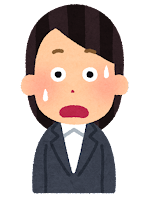
Don’t delay—if you’re late, you’ll just get billed for the months you missed anyway!
At the clinic: using your card and paying your share
When you arrive, show your card at reception. Staff will copy your information, and the visit will be processed under Public Health Insurance. You will pay your share—usually 30%—at checkout. Keep your receipts and any itemized statements in case you need to file private insurance claims or apply for high-cost reimbursements.
If you forget your card, do not panic. You can pay the full amount on the day. After you return with your card and the receipt, the clinic can process a refund of the difference. Note that many clinics still prefer cash, although more are starting to accept cards or QR payments.
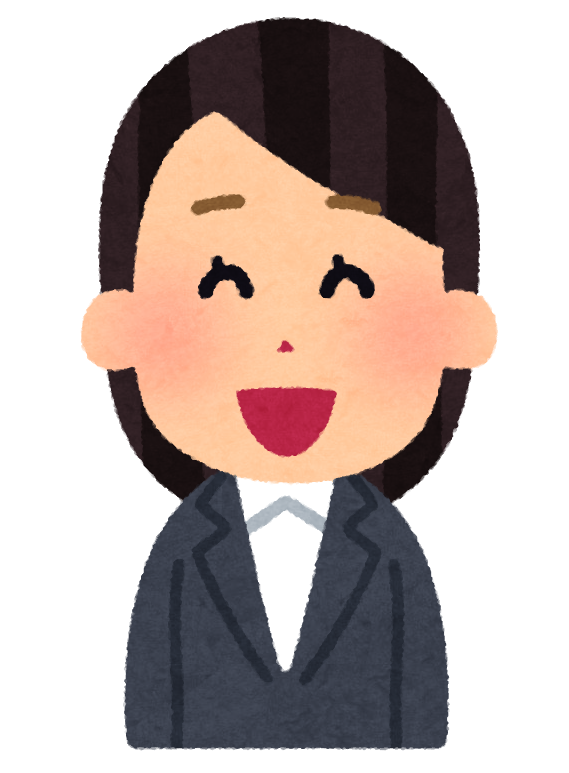
It’s that simple, right? There’s no concept such as “deductible” or “In-network.” When I was in the U.S., I was totally confused by how complex and expensive to see a doctor. That won’t happen in Japan.
What isn’t covered by Public Health Insurance
Public Health Insurance is generous, but some services are excluded or only covered in limited circumstances. Common examples:
- Cosmetic treatments such as plastic surgery or laser eye surgery (unless medically necessary)
- Private hospital rooms and other amenity fees
- Routine checkups for work or school that are not ordered by a physician
- Certain vaccinations (for example, travel vaccines)
- Elective screenings like full-body scans without a medical referral
- Dental or orthodontic services beyond basic treatment covered by insurance
- Over-the-counter drugs purchased directly at pharmacies
Coverage rules change by procedure and indication. If a service is important to you, ask the clinic in advance whether it is covered and what your out-of-pocket cost will be.
System Basics in Japan (and Common Surprises)
Japan’s system is free-access. You don’t register with a family doctor. You pick a department and go directly.
- No GP gatekeeper. Choose the department that fits your symptoms and book directly. When unsure, internal medicine (内科) is a safe first stop and can refer you onward.
- → Need search tools? See [How to Book English-Speaking Doctors and Pharmacies in Japan].
- Clinics first for non-urgent care. Large hospitals focus on advanced treatment and may charge an extra fee if you arrive without a referral letter. Starting at a clinic saves time and money.
- Copays even with insurance. Most working-age patients pay 30% at the counter. There are caps for very high monthly costs and reduced shares by age/income. Keep receipts for private insurance claims.
- Separate pharmacies + short validity. Doctors issue a paper prescription; you fill it at an outside pharmacy (薬局). Most prescriptions are valid for 4 days including the issue date, so go promptly.
👉 Rules, refills, and tips: How Prescriptions Work in Japan. - After-hours & emergencies. Unsure if it’s urgent? Many regions offer nurse triage (e.g., #7119). For emergencies call 119 (ambulance/fire) or 110 (police).
Additionaly, you can call ambulance free of charge.

For booking tools, 24/7 options, and city hotlines, see How to Book English-Speaking Doctors and Pharmacies in Japan. For prescription rules, refills, and pharmacy tips, see How Prescriptions Work in Japan.
Quick tips for expats
- Apply within 14 days. Company employees join through HR; others enroll at the city or ward office.
- Carry your card. Forgetting it means paying in full first and claiming a refund later.
- Bring some cash. Many clinics still prefer cash at checkout.
- Keep receipts. You may need them for private insurance or high-cost reimbursements.
- Older adults (75+). A separate program ensures reduced patient shares.
👉 Need a step-by-step look at the clinic experience, including what forms to fill out and what conversations to expect? See Visiting a Clinic in Japan: Step-by-Step with Scripts.
Conclusion
Japan’s healthcare is rules-based but friendly once you know the steps. Public Health Insurance anchors the system so that most residents pay only a fraction of the bill. By enrolling on time, carrying your card, and knowing what is and is not covered, you can visit clinics and hospitals with confidence. When you need more help, use our booking guide and step-by-step scripts to make the process even smoother.
Understanding the system makes life in Japan so much less stressful.
After all, Japan is a country of systems—things run on schedule, staff rarely cut corners, deliveries arrive on time, and your appointment will start right when it’s supposed to.
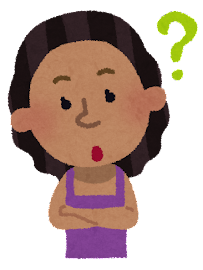
FAQ
Q1. Who must enroll in Japan’s public health insurance?
A. Residents staying more than three months with a residence card must enroll. Company employees join Employee Health Insurance; others join National Health Insurance at their city/ward office.
Q2. What’s the difference between EHI and NHI?
A. EHI is for company employees; premiums are split with employers and dependents are often included. NHI is for the self-employed, students, and others; premiums are set by the city/ward and each family member enrolls separately.
Q3. How much do I pay at the clinic or hospital?
A. Most working-age patients pay 30% at the counter. Reduced shares apply by age/income, and high monthly costs are capped via the High-Cost Medical Expense Benefit.
Q4. What if I forget my insurance card?
A. Pay the full amount that day and later bring your card and receipt to claim the insured-rate refund.
Q5. Are prescriptions covered and where do I fill them?
A. Most prescriptions are covered. Doctors issue a paper prescription that you fill at an outside pharmacy (yakkyoku). In many cases, prescriptions are valid for four days including the issue date.
Q6. Do I need a referral letter for big hospitals?
A. For non-urgent care, start at clinics. Large hospitals may charge an extra fee if you arrive without a referral letter.

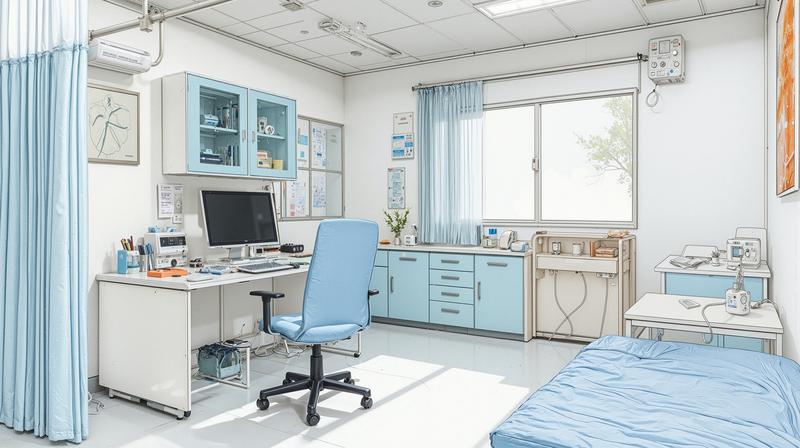

2 thoughts on “Japan Health Insurance for Expats: Simple Guide (EHI vs NHI)”